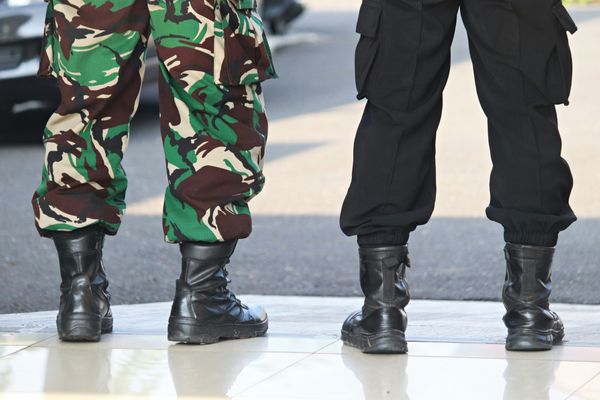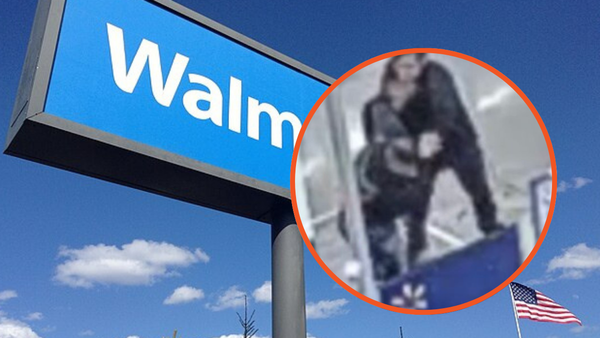
What was claimed
Only 13% of young adults in regional Australia have a university degree.
Our verdict
False. About 27% of young adults living in regional and remote areas have a university degree or above.
Federal Labor politicians have claimed that only 13% of people in regional areas aged in their late 20s and early 30s have a university degree.
Three Labor figures have repeatedly used the percentage to highlight the education gap between rural and urban areas and justify investment in new regional university hubs.
But the 13% figure is incorrect. About 27% of people in regional areas aged in their late 20s and early 30s have a degree, according to an AAP FactCheck analysis of the most recent Australian Bureau of Statistics (ABS) data.
However, the proportion of regional degree holders is still well below urban areas where almost 50% have degrees, according to the same ABS dataset.
AAP FactCheck has heard three Labor figures make the 13% claim: Education Minister Jason Clare, Assistant Education Minister Anthony Chisholm and backbencher Graham Perrett.
Clare made the claim in parliament on August 3 while speaking about a package of higher education legislation aimed at boosting student enrolments from socio-economic groups that are underrepresented in universities.
The government has also committed to increasing the number of regional university study hubs via separate legislation.
“Today almost one in two Australians in their late 20s and early 30s has a university degree, but not everywhere,” the minister told parliament.
“In the outer suburbs of our major cities, it’s only 23% of young adults who have a university degree. In the regions, it’s 13%.”
Clare repeated the claim in parliament on August 1 before Senator Chisholm also made the claim the following week.
“Almost 50% of young people have a university degree today, but if you’re from the regions that number is 13%,” the senator said.
On the same day, Senator Chisholm also tweeted: “Only 13% of young people in our regions have a university degree”.
Only 13% of young people in our regions have a university degree. That’s why we’re establishing 20 Regional University Hubs, because everyone deserves a high-quality education, no matter where they live. pic.twitter.com/QAquz56kWT — Anthony Chisholm (@AnthonyChisholm) August 10, 2023
Perrett also made the claim in parliament on August 9.
When contacted by AAP FactCheck, Senator Chisholm’s office said the 13% figure came from the minister’s office and was based on figures from the ABS’s 2022 Education and Work report.
However, the figure didn’t match the ABS data, so AAP FactCheck contacted the minister’s office for further clarification.
Clare’s spokesman said the 13% figure did not refer to the percentage of 25- to 34-year-olds in regional areas with a degree, but the percentage of all degree holders of that age who live in regional and remote areas.
“The 13% figure refers to the percentage of 25- to 34-year-olds with bachelor and above degrees in regional and remote areas as a proportion of the population of all 25- to 34-year-olds with bachelor and above degrees, according to the ABS,” he told AAP FactCheck.
The minister’s office conceded that that figure had been calculated differently from the other percentages used for comparison by Clare and his Labor colleagues.
That includes Clare’s statement that “one in two” Australians in their late 20s and early 30s and “23%” in outer suburbs have degrees in his August 3 speech and 7% in the Adelaide suburb of Elizabeth from August 1.
All were calculated by taking the number of those with a degree within that age range and/or geographical area as a percentage of the total population in that age range and/or location.
Therefore the claim that only 13% of young people in regions have a university degree is inaccurate.
Professor Andrew Norton, a higher-education expert at the Australian National University, said educational attainment by area could be assessed using two ABS datasets.
Norton said the Australian census was the most reliable, but data from the 2021 edition is not yet available so the most recent figures available are seven years old.
The ABS’s Education and Work Report, which comes from a survey of more than 20,000 households, is released annually so is more up-to-date.
However, Norton said some of the regional figures in the dataset are based on small sample sizes so should be treated with caution.
Both sources indicated the proportion of degree attainment for 25- to 34-year-olds in regional areas is significantly higher than 13%
Norton’s analysis of 2016 census data, supplied to AAP FactCheck, found more than 20% of that demographic had a bachelor’s degree or above.
Degree attainment was lower for 25- to 34-year-olds living in ‘very remote’ areas at only 13.9%. However, this category includes only a small minority of regional and remote Australians.
Forty-three per cent of that demographic in major cities in 2016 had a degree or higher, according to Prof Norton’s figures.
The ABS’s 2022 Education and Work dataset (table 34) also has data on degrees held by five-year age groups and by area.
Combining the data for the 25-29 and 30-34 year groups reveals about 216,000 of approximately 795,000 living in regional and remote areas had a degree or higher, or 27%.
This compares to 49% of 25- to 34-year-olds living in major cities.
Prof Norton said degree attainment by regionality doesn’t necessarily reflect participation rates or opportunities for regional students given some move to urban areas for study or work.
“That said there is no doubt that the general assertion that higher education participation rates are lower in the regions is right,” Norton told AAP FactCheck.
“Major city young people are nearly twice as likely to be at uni than outer regional young people.”
The verdict
The claim that only 13% of people in their late 20s and early 30s in regional areas have a degree is false.
ABS data indicates the real figure was 27% in 2022, and more than 20% in 2016.
False — The claim is inaccurate.
AAP FactCheck is an accredited member of the International Fact-Checking Network. To keep up with our latest fact checks, follow us on Facebook, Twitter and Instagram.







